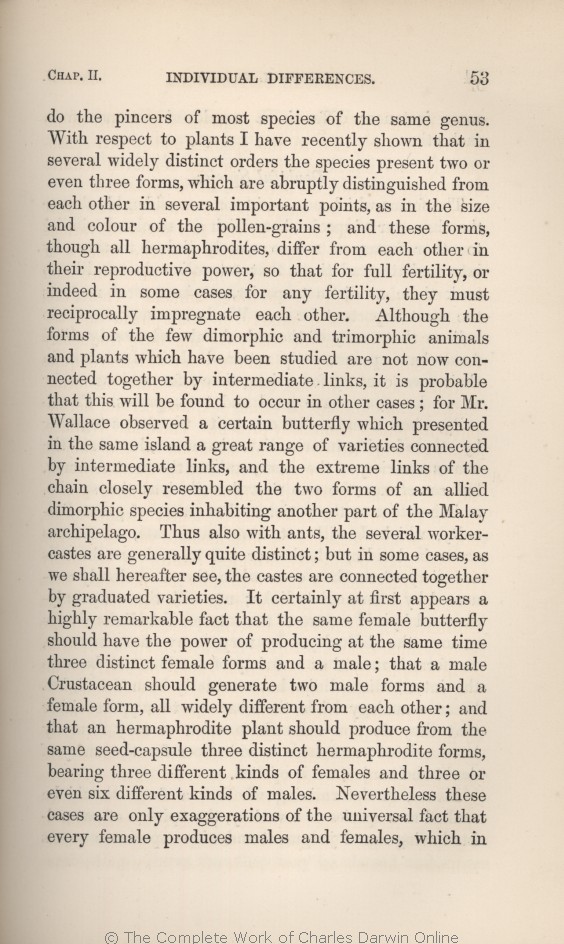do the pincers of most species of the same genus. With respect to plants I have recently shown that
in several widely distinct orders the species | in several widely distinct orders the species 1869 |
| species in several widely distinct orders 1866 |
|









